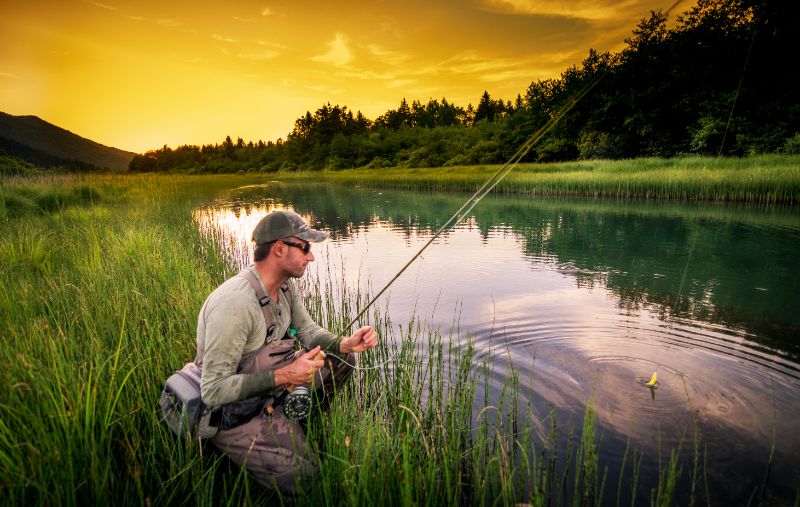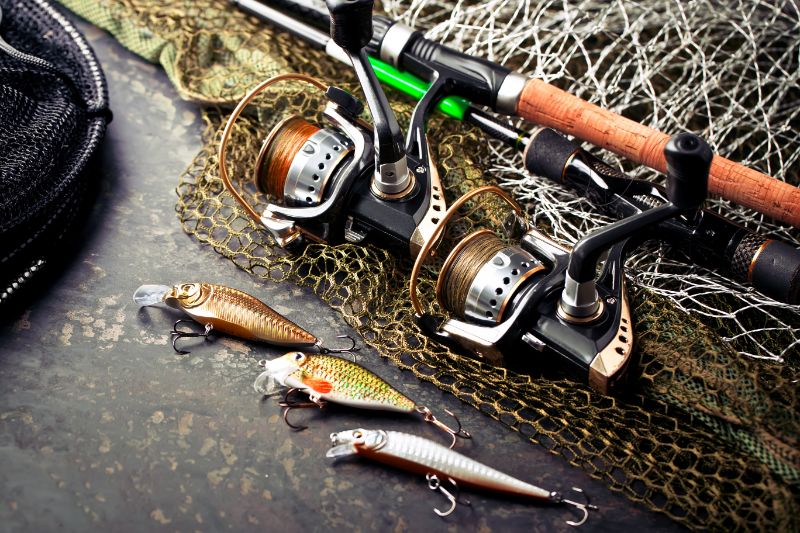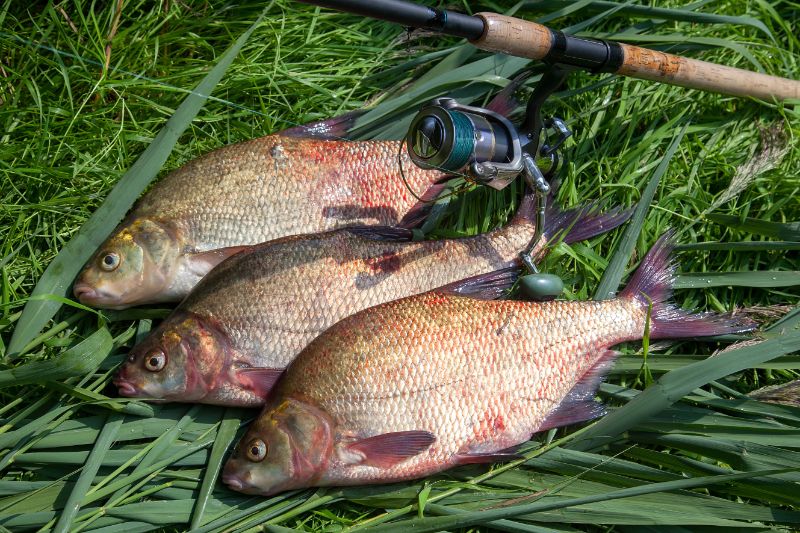If you’re keen on improving your bream fishing exploits, you’re in the right place! We invite you on an exciting journey to uncover the choicest bream lures for an unforgettable fishing experience.
Getting Familiar with Bream Habitat

Bream are fond of environments that offer safety and food. Their hangouts often feature aquatic weed beds, where protection and nourishment abound. Other equally viable options include areas that are littered with fallen tree logs or large rocks, essentially, any place with abundant shelter. Your success with bream lures highly depends on understanding these behaviors.
Bridges, docks, and piers often offer the perfect setting – as food sources are plentiful, and the structures provide adequate hiding spots. Bream enjoy shallow waters located around these structures, especially during the day. When the food gets scarce in the fall, they might venture out into the open. Keeping in mind these behavioral insights will help you significantly optimize your use of bream lures.
Strategies to Effectively Use Your Bream Lures

Fly fishing remains a crowd favorite, thanks to its effectiveness targeting bream. If you’d like to join the fly fishing bandwagon, small poppers or ant patterns make excellent initial bait options.
See Related: A Guide to Flame Angelfish: Facts, Care, and Stunning Colors
Still Fishing

Should fly fishing prove unconventional, consider still fishing – the traditional art of fishing from a static point like a dock, shoreline, or a moored boat. This method involves patience and strategy. For instance:
- Running two fishing poles simultaneously can increase your success. One can have live bait that sinks and stays put. The other could use a lure repeatedly cast to draw bream closer to your live bait.
- Live bait can include minnows, crickets, and caterpillars. Beetles or ants can also work if you can secure them.
- The keys to success here are patience and consistency.
The beauty of fishing is that it isn’t restricted to one approach. If still fishing doesn’t appeal to you, try drifting. Here, the wind or current guides your boat as you explore different fishing spots. For this method, you can use live bait, jigs, or small lures with outstanding results. Throw in a couple of rods at varying depths, and you’re set for a promising hunt!
To conclude, it doesn’t really matter what you use for your bream fishing as long as it’s relatively small. Bream have small mouths and are often intimidated by large lures. Remember, subtlety and consistency are key! Stick to the food-filled, sheltered areas and you’re bound to have fruitful bream-catching adventures.
Related Resources: